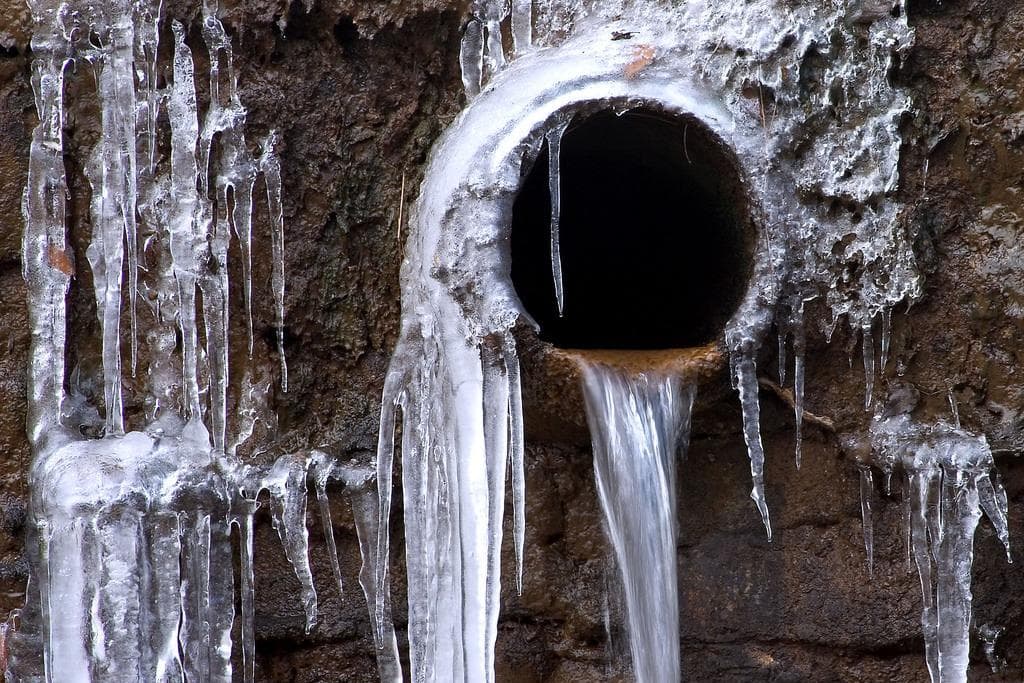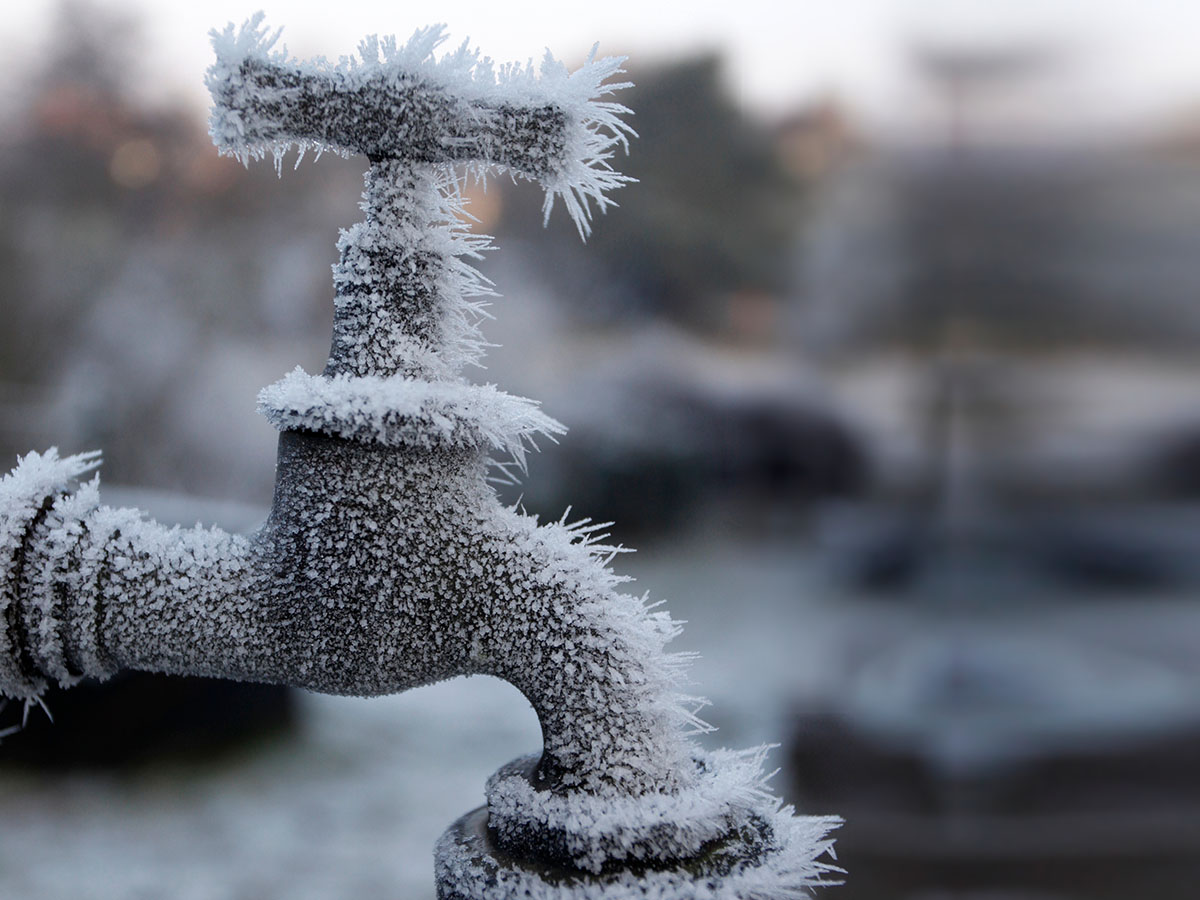Avoiding Frozen Plumbing in Winter: Key Strategies
Avoiding Frozen Plumbing in Winter: Key Strategies
Blog Article
What are your thoughts regarding How to prepare your home plumbing for winter weather?

Winter can wreak havoc on your pipes, particularly by freezing pipes. Here's just how to avoid it from taking place and what to do if it does.
Introduction
As temperature levels decrease, the threat of icy pipes rises, potentially causing pricey repairs and water damages. Understanding how to avoid icy pipelines is essential for house owners in chilly environments.
Comprehending Icy Pipelines
What creates pipes to freeze?
Pipelines ice up when revealed to temperature levels below 32 ° F (0 ° C) for prolonged periods. As water inside the pipelines freezes, it expands, putting pressure on the pipeline wall surfaces and possibly causing them to burst.
Dangers and problems
Frozen pipes can bring about water system disruptions, building damage, and costly fixings. Ruptured pipelines can flood homes and trigger comprehensive architectural damage.
Indications of Frozen Piping
Determining frozen pipes early can stop them from rupturing.
Just how to determine icy pipelines
Search for lowered water circulation from taps, uncommon smells or noises from pipes, and noticeable frost on revealed pipelines.
Avoidance Tips
Insulating susceptible pipes
Wrap pipelines in insulation sleeves or make use of warmth tape to safeguard them from freezing temperatures. Concentrate on pipelines in unheated or outside areas of the home.
Home heating strategies
Maintain indoor areas adequately warmed, specifically locations with plumbing. Open closet doors to enable warm air to circulate around pipelines under sinks.
Shielding Outdoor Pipes
Garden hoses and exterior taps
Disconnect and drain yard pipes before winter. Install frost-proof spigots or cover exterior faucets with shielded caps.
What to Do If Your Pipelines Freeze
Immediate actions to take
If you presume frozen pipelines, keep taps available to ease stress as the ice melts. Utilize a hairdryer or towels soaked in warm water to thaw pipelines slowly.
Long-Term Solutions
Structural changes
Consider rerouting pipes far from exterior wall surfaces or unheated areas. Include extra insulation to attics, cellars, and crawl spaces.
Upgrading insulation
Invest in top notch insulation for pipelines, attic rooms, and wall surfaces. Correct insulation aids keep regular temperature levels and minimizes the risk of frozen pipes.
Conclusion
Preventing frozen pipes needs positive actions and fast reactions. By comprehending the causes, indicators, and preventive measures, property owners can safeguard their plumbing during cold weather.
5 Ways to Prevent Frozen Pipes
Drain Outdoor Faucets and Disconnect Hoses
First, close the shut-off valve that controls the flow of water in the pipe to your outdoor faucet. Then, head outside to disconnect and drain your hose and open the outdoor faucet to allow the water to completely drain out of the line. Turn off the faucet when done. Finally, head back to the shut-off valve and drain the remaining water inside the pipe into a bucket or container. Additionally, if you have a home irrigation system, you should consider hiring an expert to clear the system of water each year.
Insulate Pipes
One of the best and most cost-effective methods for preventing frozen water pipes is to wrap your pipes with insulation. This is especially important for areas in your home that aren’t exposed to heat, such as an attic. We suggest using foam sleeves, which can typically be found at your local hardware store.
Keep Heat Running at 65
Your pipes are located inside your walls, and the temperature there is much colder than the rest of the house. To prevent your pipes from freezing, The Insurance Information Institute suggests that you keep your home heated to at least 65 degrees, even when traveling. You may want to invest in smart devices that can keep an eye on the temperature in your home while you’re away.
Leave Water Dripping
Moving water — even a small trickle — can prevent ice from forming inside your pipes. When freezing temps are imminent, start a drip of water from all faucets that serve exposed pipes. Leaving a few faucets running will also help relieve pressure inside the pipes and help prevent a rupture if the water inside freezes.
Open Cupboard Doors
Warm your kitchen and bathroom pipes by opening cupboards and vanities. You should also leave your interior doors ajar to help warm air circulate evenly throughout your home.

As a devoted person who reads about Winter Plumbing Precautions: Preventing Frozen Pipes, I think sharing that excerpt was smart. If you liked our blog posting kindly be sure to share it. I love reading our article about Helpful Tips to Prevent Frozen Pipes this Winter.
Go Services Report this page